Björk Digital opened at the Centre de Cultura Contemporània de Barcelona (CCCB) during the same week the Icelandic artist participated at Sónar 2017 with an exclusive four-hour DJ set, prempted by a conversation with Brandon Stosuy of Pitchfork. Every year Sonar organises a large, articulate series of talks and conferences framed as Sónar+D, where art and technology are disucussed in detail by an international mix of professionals across both fields.
This virtual reality experience, now staged in Barcelona until the end of September, has already passed through Tokyo, Sydney, Montreal, Reykjavik, London and Los Angeles. Throughout the ninety minutes of the show you’re given the opportunity to live inside the many collaborations Björk realised with top-notch videographers and visionaries like Michel Gondry, Spike Jonze, Alexander McQueen, Nick Knight, Stephane Sednaoui, and, more recently, Jesse Kanda, Andrew Thomas Huang, Warren du Prees and Nick Thornton Jones. Prepare to trigger the never before Björk-ified parts of your brain with colourful new sensations. If you choose to believe in what you see, that is.
Conceptually referencing classic Greek tragedies, Björk tells her story, asking us to not only witness but participate with our emotions as fellow travellers of time and space. Well-known for her ever-eccentric style (fashionwise and many otherwises), Björk invites visitors to occupy her favourite locales. A black island in Iceland where she likes to write; the setting for a video she co-produced with MoMa a little while back; even the inside of her throat.
The journey takes places among small knots of visitors, grouped together for large chunks of the exhibition. It’s ultimately a personal choice, though, to lose oneself in the strange propagandist magic of Björk’s tales or to remain alert for the duration of the show and leave with an intact worldview.
Whether you’re a fan of the singer, are haunted by memories of that swan dress, or are just keen to check out this new-age sort event, Björk Digital equates to an agreeable hour and a half spent. If you’ve never tried to get lost in technologies like this, perhaps it’s a good time to give it a chance, since it seems to be the direction cultural interaction is heading in a hurry. And it feels only natural for a Björk (for there’s really no other sufficiently descriptive noun but a Björk) of such deepening mystique to embrace limitless augmented realities with open arms and vocal cords.
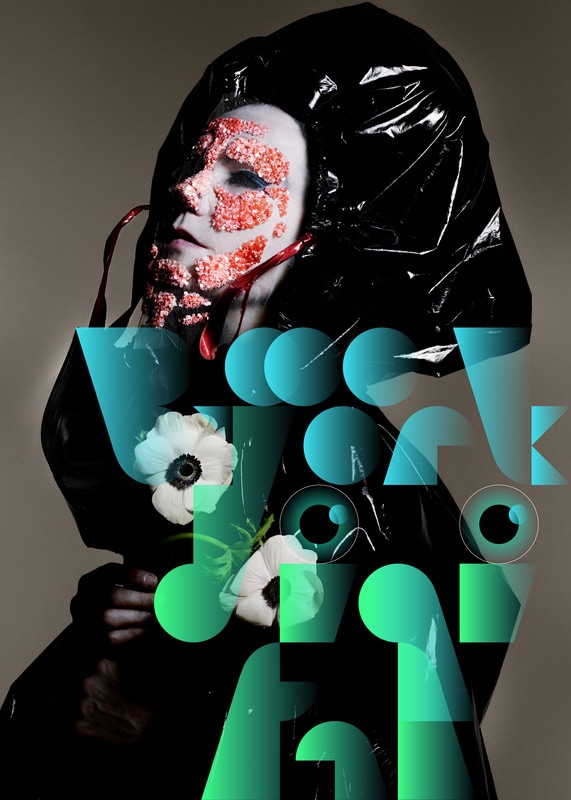
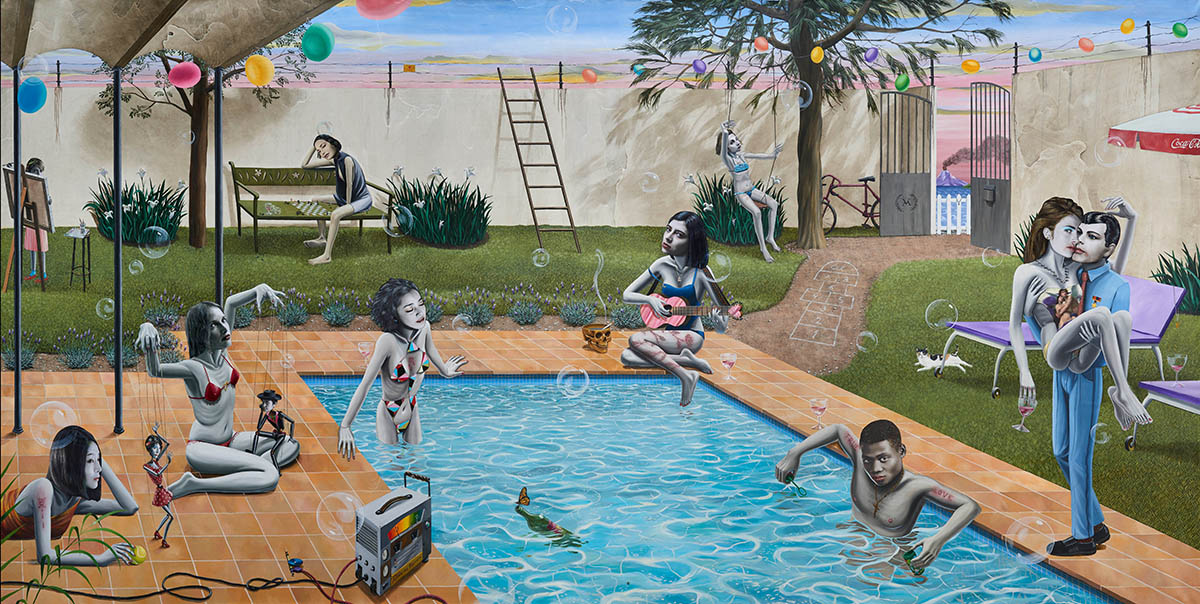
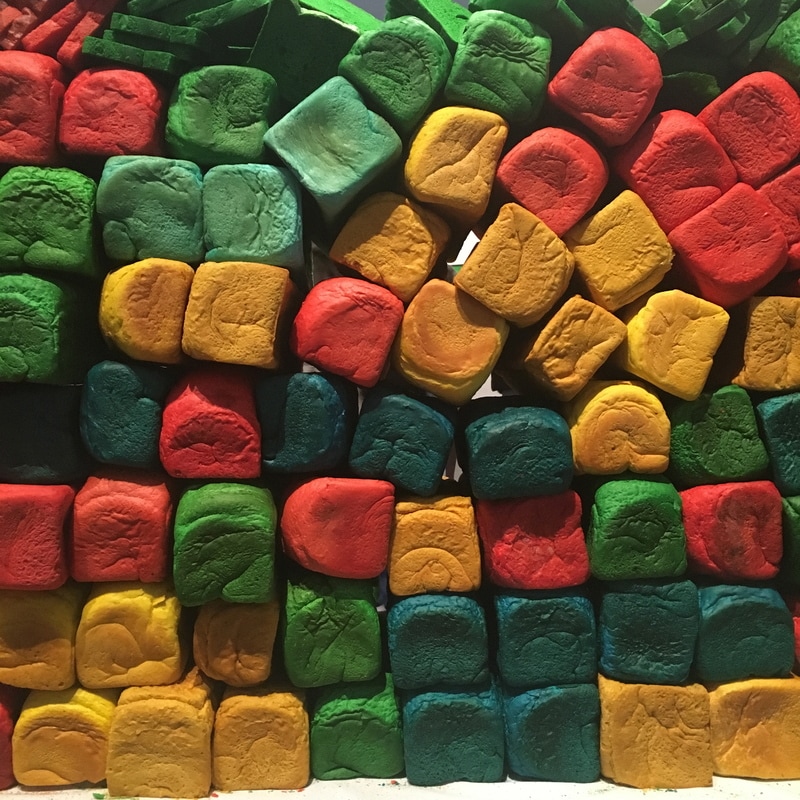
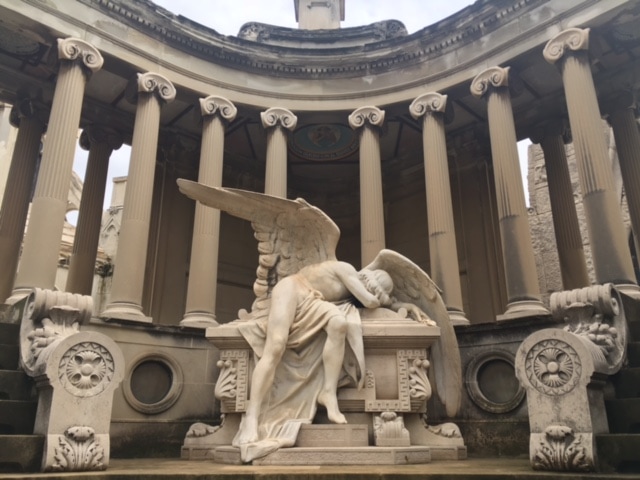
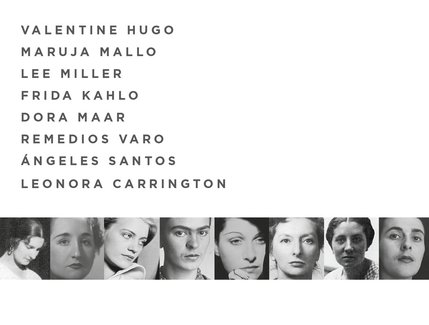
 RSS Feed
RSS Feed
